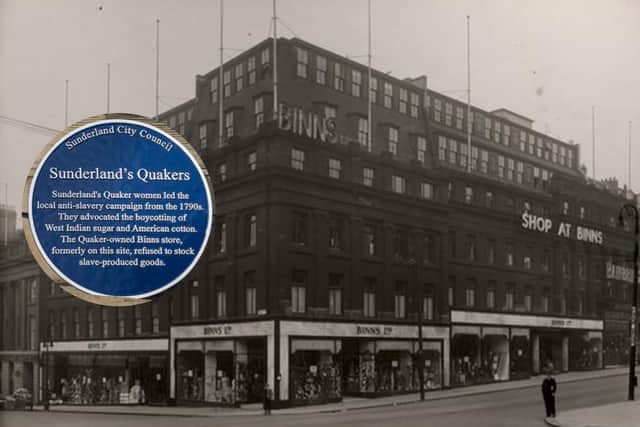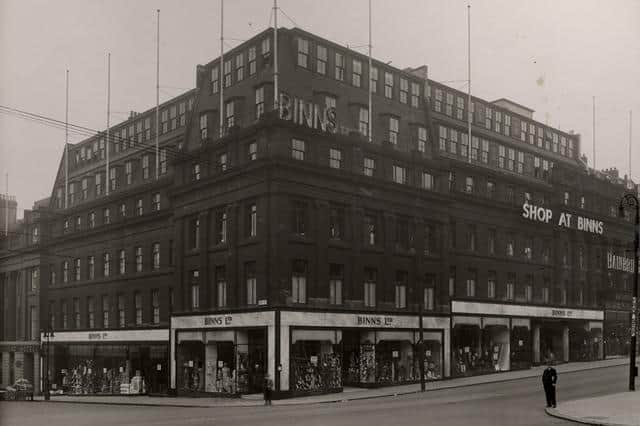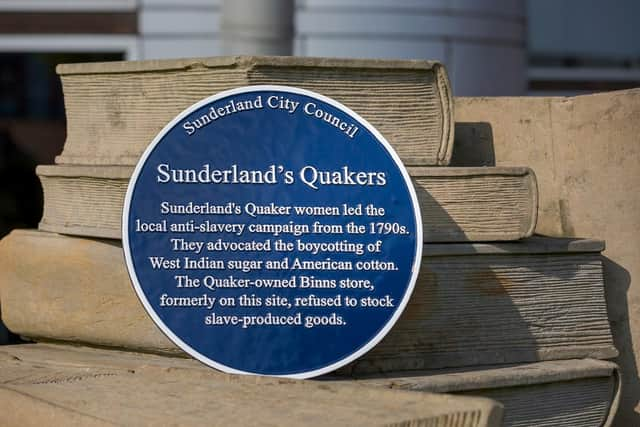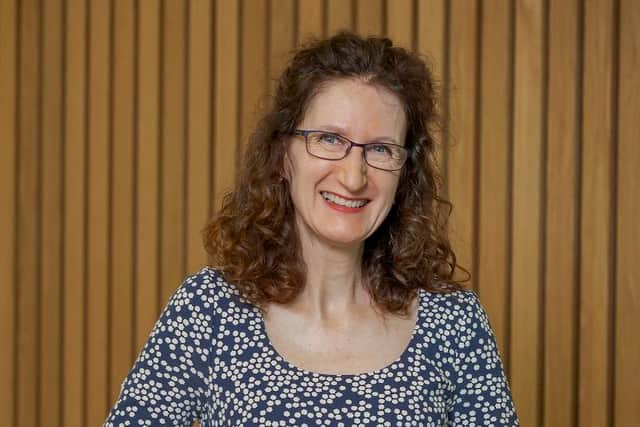The story of Sunderland's Binns family and their links to the anti-slavery movement
and live on Freeview channel 276
The reputation of Binns lives on across Wearside, but the family who set up the store and their campaigning work have been forgotten over the years.
Who were the Binns
George Binns was one of 15 children, born in Lancashire in 1781, fourth son of David Binns, a clogger (shoemaker, not a dancer), and his wife, Ann Robinson. David took the family into the expanding cotton trade.


Advertisement
Hide AdAdvertisement
Hide AdGeorge moved to Sunderland in 1807 and the department store giant started as a small drapery in the city that same year.
George’s son Henry Binns inherited the store in 1836, by then operating from High Street West.
The Binns were a strongly Quaker family, radicals and strongly opposed to slavery.
According to House of Fraser’s archives: “Henry was an active member of the anti-slavery lobby and instituted a policy of only selling goods manufactured from cotton warranted to be grown by free labour. In 1844, the shop moved to new premises at 173 High Street (having previously been at 176).”


Slavery in Britain
Advertisement
Hide AdAdvertisement
Hide AdBritain officially abolished slavery in 1807, so you would think that Henry had little to oppose, however it was not as simple as that.
Slavery remained legal in most of the British Empire until 1833 and other loopholes were exploited, such as British ships hoisting American flags rather than Union Jacks while working on the slave trade.
British trading was still conducted with nations who were less enlightened at the time, including the USA where slavery was not abolished until 1865.


Anti-slavery on Wearside
Wearside had a long history of anti-slavery sentiment among the retail community dating back to long before the Binns family arrived in the city.
Advertisement
Hide AdAdvertisement
Hide AdIn the 1790s shopkeepers across Sunderland boycott West Indian sugar stocking East Indian sugar instead to oppose the slave workers being exploited at time.
Professor Angela Smith from Sunderland University recognises the importance of the Binns family in running successful anti-slavery campaigns of the 19th century.


She said: “There was a ban on cotton produced in the American South, farmed by enslaved people. The main shops in the area were run by Quakers: the Binns family, for example, ran Sunderland’s preeminent department store as well as smaller grocers’ shops.”
Quaker women’s role
Shops, along with virtually everything else in the 19th century were run by men, however Professor Smith has said how crucial women were to the anti-slavery movement at the time.
Advertisement
Hide AdAdvertisement
Hide AdShe said: “Escaped slaves toured Europe and particularly Britain to tell their stories and garner support for the anti-slavery movement. Most famously, Frederick Douglass toured the UK in 1845-7, holding audiences spellbound by his powerful oration.
“What is less well known is that Douglass’s freedom was purchased by British Quakers; Anna and Ellen Richardson, who lived in Newcastle.
“Whilst it may have been the men’s names that graced the shop fronts, it was the campaigning work of the Quaker women who actually came up with these strategies to raise awareness of the plight of enslaved people.”
The blue plaque
And now a blue plaque is to be unveiled commemorating the role of Quakers, women and retailers in the anti-slavery movement, including the Binns family.
Advertisement
Hide AdAdvertisement
Hide AdThe plaque will be fixed on the site of the first Binns department store; newly restored buildings at 172-3 High Street West, following a successful effort by academics at the University of Sunderland.
The virtual unveiling takes place on Wednesday, June 30 and features a short talks by Professor Smith and Mrs Ann Smith, who will talk about the Sunderland Quaker women’s contribution.
The free event includes a Q&A session, but must be pre-booked by visiting https://www.eventbrite.co.uk/e/sunderland-quaker-women-blue-plaque-virtual-unveiling-tickets-158396976621.
